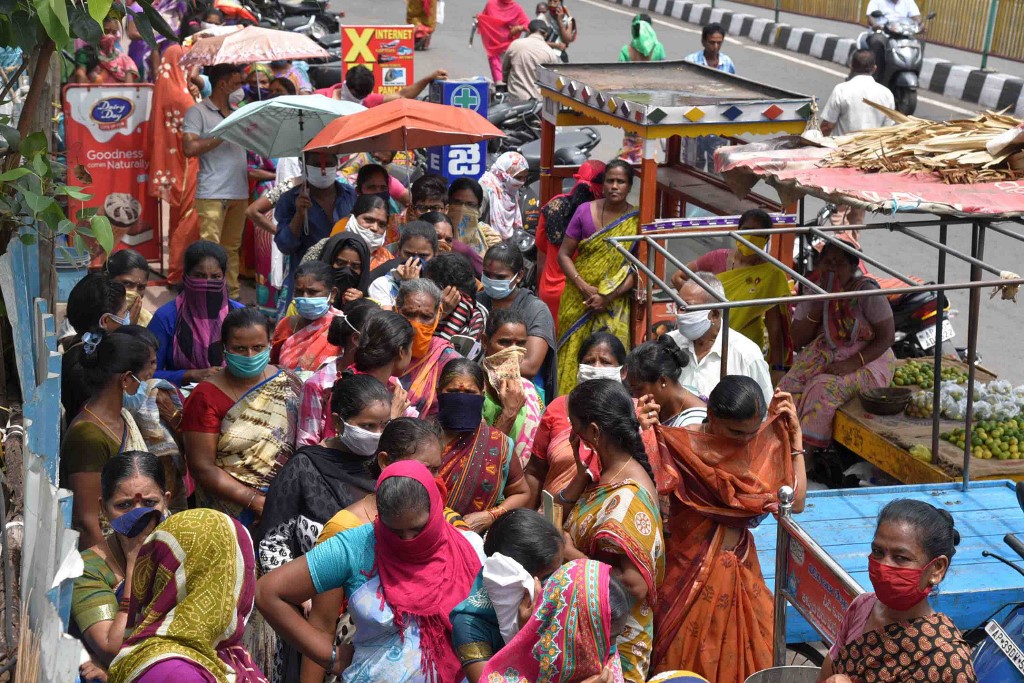MUMBAI: Bad loans in the Indian banking system could soar to almost 15% of total loans by March 2021 as the coronavirus crisis leads to rising levels of household and corporate debt, the Financial Stability and Development Council said in a report on Friday.
Indian banks have been battling rising bad loans for years but managed to get gross non-performing assets (NPAs) down to 8.5% in March, compared to 9.3% in September 2019, following strict new rules imposed by the central bank.
As India’s economy feels the impact of the Covid-19 pandemic, macro stress tests indicate that the gross NPA ratio of all banks could increase to 12.5% by next March under a baseline scenario and may escalate to 14.7% under a severely stressed scenario, the report said. It did not give details of that scenario.
“The pandemic has the potential to amplify financial vulnerabilities, including corporate and household debt burdens in the case of severe economic contraction,” the report said.
The semi-annual report is compiled by the Financial Stability and Development Council – an umbrella group of regulators – and released by the Reserve Bank of India.
Over 9,500 shadow banks
The report highlighted that relief measures for borrowers introduced as part of measures to help India’s economy through the pandemic, such as deferments of loan and interest payments for six months, may have implications for the financial health of banks, going forward.
“Nearly half of the customers accounting for around half of outstanding bank loans opted to avail the benefit of the relief measures,” it stated.
The report also highlighted the problems for over 9,500 shadow banks, known as non-banking financial companies (NBFCs), in India, which have been battling a liquidity crisis over the last couple of years.
“The declining share of market funding for NBFCs is a concern as it has the potential to accentuate liquidity risk for NBFCs as well as for the financial system,” the report stated.
However, the report said contagion risks through financial networks have moderated due to the higher capital buffers introduced in recent years and a shrinking interbank market.
























